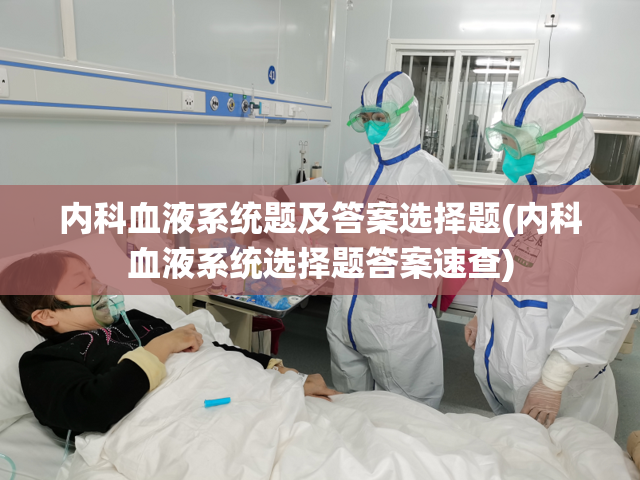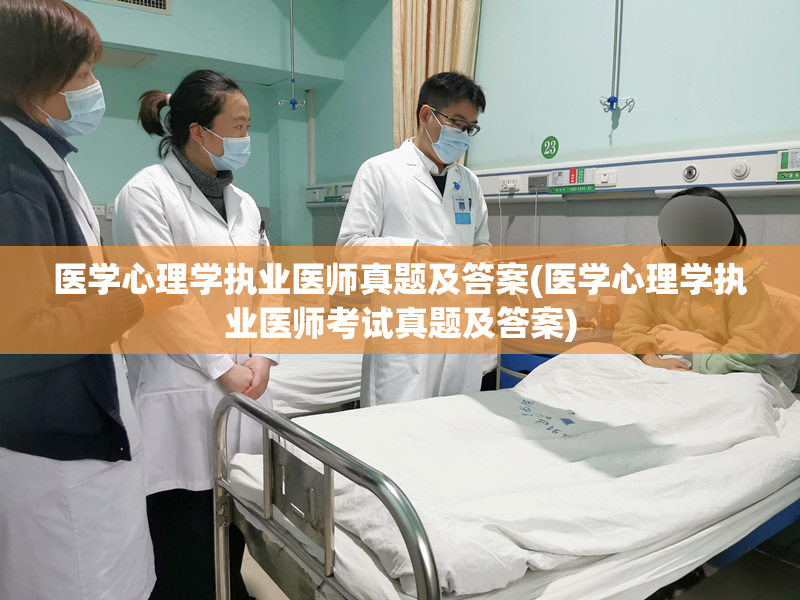Anemia
Anemia is a condition where the body lacks enough red blood cells or hemoglobin, leading to fatigue, weakness, and shortness of breath. It can be caused by a variety of factors, including iron deficiency, vitamin B12 deficiency, or bone marrow problems. Mild cases can often be treated with changes in diet or supplementation, while severe cases may require blood transfusions or other medical interventions.
Leukemia

Leukemia is a type of cancer that affects the blood and bone marrow, causing an overproduction of abnormal white blood cells. Symptoms include fatigue, recurrent infections, and easy bruising or bleeding. Treatment options range from chemotherapy and radiation to bone marrow transplants. Survival rates vary depending on the type and stage of leukemia, but early detection and prompt treatment can improve outcomes.
Hemophilia
Hemophilia is a genetic condition where the body is unable to produce enough clotting factors, leading to excessive bleeding after injury or trauma. Symptoms can include joint pain, bruising, and prolonged bleeding. Treatment may involve regular infusions of clotting factor concentrates and/or the use of medications to help control bleeding.
Thalassemia
Thalassemia is an inherited blood disorder where the body cannot produce enough hemoglobin, leading to anemia and other complications. Symptoms may include fatigue, weakness, and jaundice. Treatment may involve blood transfusions, bone marrow transplants, and medication to help manage symptoms.
Sickle Cell Disease
Sickle cell disease is a genetic condition where the body produces abnormal hemoglobin, causing red blood cells to become crescent-shaped and less able to carry oxygen. This can lead to episodes of extreme pain, anemia, and increased risk of infections. Treatment may involve blood transfusions, pain management, and medication to help prevent complications.
Polycythemia Vera
Polycythemia vera is a rare type of blood cancer where the body produces too many red blood cells, leading to thickening of the blood and an increased risk of blood clots. Symptoms may include fatigue, dizziness, and difficulty breathing. Treatment may involve blood thinners, medication to suppress the production of red blood cells, and phlebotomy (removing blood) to reduce the volume of blood in the body.
Idiopathic Thrombocytopenic Purpura (ITP)
Idiopathic thrombocytopenic purpura (ITP) is a condition where the body's immune system attacks and destroys platelets, leading to an increased risk of bleeding and bruising. Symptoms may include petechiae (small purple spots on the skin), nosebleeds, and heavy menstrual periods. Treatment may involve medications to boost platelet counts or immunosuppressive therapy to suppress the immune response.
Von Willebrand Disease
Von Willebrand disease is a genetic condition where the body lacks or produces insufficient amounts of von Willebrand factor, a protein that helps platelets form clots. Symptoms may include easy bruising, prolonged bleeding after injury, and heavy menstrual periods. Treatment may involve medications to increase von Willebrand factor levels or clotting proteins.
Conclusion
The blood is a vital part of the body's complex systems, and any disruption in its functioning can have serious consequences. From anemia to clotting disorders to rare blood cancers, there are a variety of conditions that can affect the blood and its components. Proper diagnosis and treatment are essential for managing the symptoms and preventing complications associated with these conditions.









